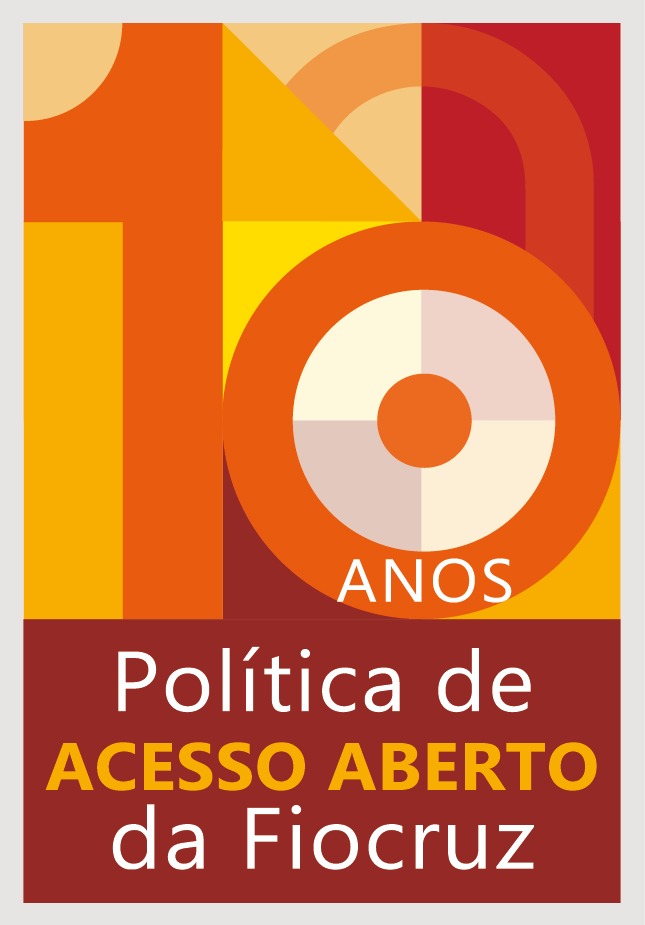A technology based on chemical analyses by infrared rays capable of speeding the monitoring of the presence of zika in Aedes aegypti mosquitoes by 18 times and of cheapening it by 116 times. This is the new bet of researchers from the Oswaldo Cruz Institute (IOC/Fiocruz) to improve the surveillance of virus circulation. Known as 'near-infrared spectroscopy', the technique is simple, has a high accuracy rate and requires no use of reagents: attributes that make it a potential alternative to the traditional method of genetic analysis adopted for the same purpose, known as qPCR.
Widely applied to agriculture and medicine by the pharmaceutical industry, infrared is the subject of studies by a group of scientists from IOC/Fiocruz, Australia and the United States. The objective was to prove the effectiveness of the method for use in insects, especially in the detection of viruses such as dengue, zika and chikungunya. Due to the recent health emergency related to zika in the country, this was the first pathogen investigated by the group. Preliminary results are encouraging and have just been published in the science journal Science Advances.
The first phase of the study required the calibration of the infrared equipment to be able to distinguish between Aedes mosquitoes infected and not infected with the virus. To this end, 275 lab-grown female mosquitoes were used. Divided into two groups, half were fed with blood with zika - from the strain circulating in the country, isolated in 2015 by the Laboratory of Molecular Biology of Flaviviruses of IOC/Fiocruz. The other half of females, which worked as a control group, received uninfected blood.
To do the tests, the researchers waited two time intervals: 4 and 7 days after feeding with blood. Infrared technology was used to capture the intensity of radiation from the chest and head of mosquitoes. "It is in the chest that salivary glands of Aedes are located. The head check allows you to see if the virus has spread in the body of the mosquito after the infected blood has been ingested. This is important because Aedes only transmits the virus as it is able to release it in the saliva during the bite," Rafael Freitas explains, a researcher at the Laboratory of Mosquitoes Hematozoan Transmitters of IOC/Fiocruz and coordinator of the Brazilian participation in the study. In this test, the infrared accuracy exceeded 95%.
In sequence, more experiments. This time, 412 Aedes females were used. While half received blood with zika, the other half fulfilled the role of control group. In this second test, besides the analysis in the head and chest, the abdomen of the insect was also examined at 4, 7 and 10 days after infection. Verification of the abdomen is important since the midgut is the first organ of mosquitoes to come in contact with the virus after its intake during a blood meal. Again, positive results: the accuracy rate in relation to head and chest reached 97%; and to abdomen 88%. "Notably, assay sensitivity is high. The index of the abdomen may have presented a lower rate of accuracy; however, we must take into account that this part of insects was not analyzed in the first test," Márcio Galvão Pavan says, postdoctoral fellow of the Postgraduate Program in Parasite Biology, who works at the same Laboratory.
Best cost x benefit
Compared to the traditional method, which is considered to be costly, time-consuming and invasive, the new technique has proportionally opposite characteristics. Considering the cost of the reagents used in RT-qPCR and the remuneration paid to a professional who needs to analyze, for example, 100 samples, the infrared technique - which does not require the use of reagents - costs 116 times less. In addition, the new method is capable of processing the same number of specimens in just 50 minutes, versus 900 minutes of the traditional method: this makes it 18 times faster.
"The whole cost-benefit ratio of the new technique versus the traditional one becomes even more significant when we take into account that, due to the bureaucracy for the purchase and receipt of imported reagents, these items often take a long time to arrive, delaying the response capacity of a laboratory," Lilha Maria Barbosa dos Santos emphasizes, who works in the project as a doctoral student of the Postgraduate Program in Parasite Biology of IOC/Fiocruz, under the guidance of researcher Rafael Freitas.
Next steps
Before the implementation of the technique in the routine of analyses, scientists will need to include tests on Aedes aegypti mosquitoes collected in nature since, to date, tests have been performed under artificial conditions, with mosquito infection provoked in laboratory. It is expected that the technique will also be evaluated for other viruses such as dengue and chikungunya, as well as for the detection of the parasite that causes malaria. The chemical changes that influence the observed differences in infected and uninfected insects is another point to be understood. "With this technology, IOC and other institutes of science and health will be able to respond more quickly, and at a lower cost, to various public health problems," Freitas concludes.
Financing
The study was funded by the United States Agency for International Development; Stars in Global Health program from Canada; National Council for Scientific and Technological Development (CNPq); and Carlos Chagas Filho Foundation for Research Support of the State of Rio de Janeiro (Faperj).
Read more:
Rare case of zika is associated with Guillain-Barré and abortion
Study indicates that dengue increases risk of maternal death
![]()
![]()
![]() O conteúdo deste portal pode ser utilizado para todos os fins não comerciais, respeitados e reservados os direitos morais dos autores.
O conteúdo deste portal pode ser utilizado para todos os fins não comerciais, respeitados e reservados os direitos morais dos autores.



